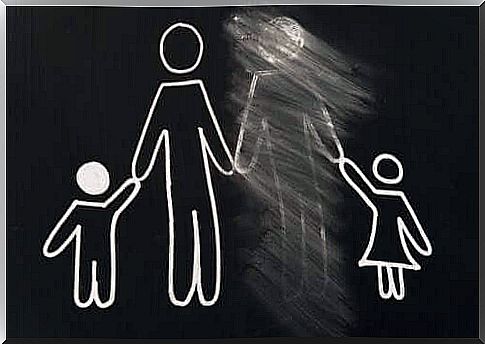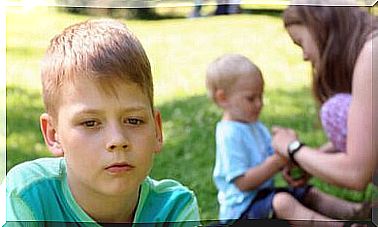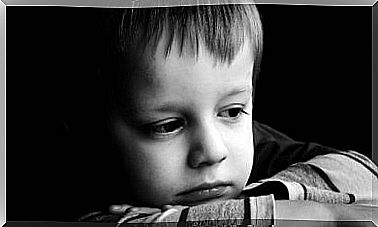Family Bond And Family Detachment: What Is It? – Being Parents

All families go through times of stability and instability. Family ties and family detachment. These processes can trigger real crises which, sometimes, profoundly modify the internal family structure. The universal and characteristic concept of the family is the union, the living together and the attachment that exists between the members. However, there are certain circumstances where these values are not the main factors that characterize a family.
The family bond consists of the inclusion of a member within the family, with all that this implies: admission, accommodation and incorporation. This inclusion implies the acceptance of the fact that this member is a part of the family structure.
In the opposite side is family detachment. The latter implies the removal or exclusion of a family member and which can occur for different reasons.
Detachment can be explained by the different stages of the family life cycle or by critical circumstances such as health problems, a lack of resources or a breakdown in family relationships. In the rest of this article, we will see some elements that will allow you to better understand what family ties and family detachment are.
The family bond, or family inclusion
The bonding or inclusion of new members in the family marks the beginning of a new stage in family life. It is important here to point out that there is a difference between the “real” family and the “legitimate” family.

True, or real, family refers to kinship ties, mostly by blood. The legitimate family, for its part, is based on belonging.
A new member who is in the process of inclusion usually comes from another “real” family. He arrives to occupy a space that will be legitimate in the new family that welcomes him. This new integrant participates in the restructuring of the family and comes with his own story. This is the case, for example, with an adoption.
This bonding process can be difficult in some families who often need professional help. Let us not forget that it can be an emotional circumstance of some complexity.
Structural family detachment
When, in a family, there is a reiterated or persistent distancing, we can speak of structural detachment. This is the case, for example, with multi-problematic or dissolute families.
Within these families, abandonment and its alternation with membership are the general rule. For example, this situation is found in families where there is early parental abandonment.
When a child finds himself in a situation of risk and this situation becomes obvious for the social and institutional environment, it may happen that a decision is made to remove him from the family. The minor is then generally accommodated in a host family or in any other host institution.
In the event that an adult has committed any serious act against his own family, he may also be detached from the latter temporarily or permanently.
Transitional family detachment: running away
Detachment can occur during adolescence as a sudden episode as a consequence of running away. This implies a break in the living together of a family which, probably, until this precise moment, was stable. Short-term runaways, such as those lasting a few hours or days, are not included in this category.
Running away is a rushing characteristic of a child’s emancipation. This emancipation is established through difficult separation and negotiation, as would happen under normal conditions.

Marital and family detachment
In the event of separation or divorce, the family member who has left home can maintain regular contact, mainly with their children. Or, on the contrary, he may end up completely losing interest in the family context. When situations of this type occur, it is not just about marital detachment. Indeed, it is also a question of parental and family detachment, as regards the spouse who has left the home.
In practice, marital divorce sometimes also involves parental divorce. It is possible that this spouse who excludes himself and separates himself from his family was an absent member during the marriage. What is more, in many cases he may have partially exercised the parental function, or even fully delegated it.
How to professionally approach posting?
Professionals must approach the theme of family detachment with great care, so as not to intensify the crisis or deepen the distancing of any member of the family. Other than questioning detachment, it is necessary to carry out work on determining agreements that are consistent with the real situation of physical or relational distancing.









